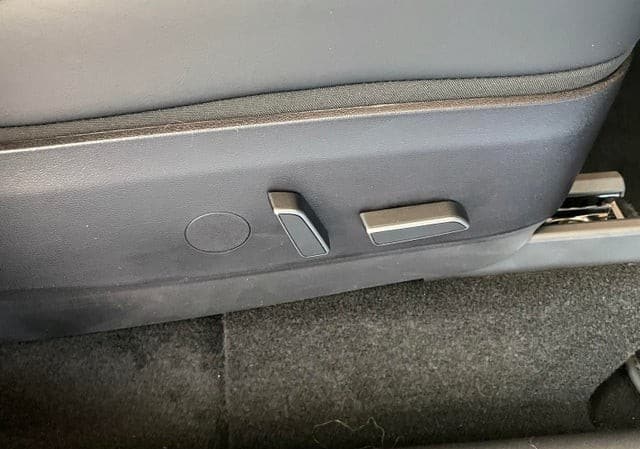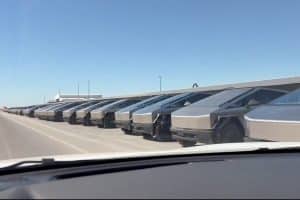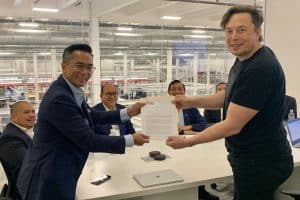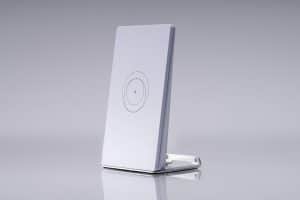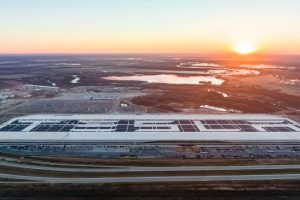Hyundai is determined to be recognized as a legitimate and formidable competitor in the electric vehicle sector. And based on the South Korean automaker’s recent statements, it appears that Hyundai is setting its sights on some of the market’s most prominent players, including Tesla and Ford, both of whom have delivered and unveiled vehicles that are well-reviewed and loved by their owners, both present and future.
So confident is Hyundai with its lineup of Ioniq vehicles that it plans to offer shoppers a few months behind the wheel before making a final decision. This try-and-buy program is a notable show of confidence, and one which Olabisi Boyle, vice president of product planning and mobility strategy at Hyundai Motor North America, believes would bring loyal customers to Hyundai’s electric vehicle lineup.
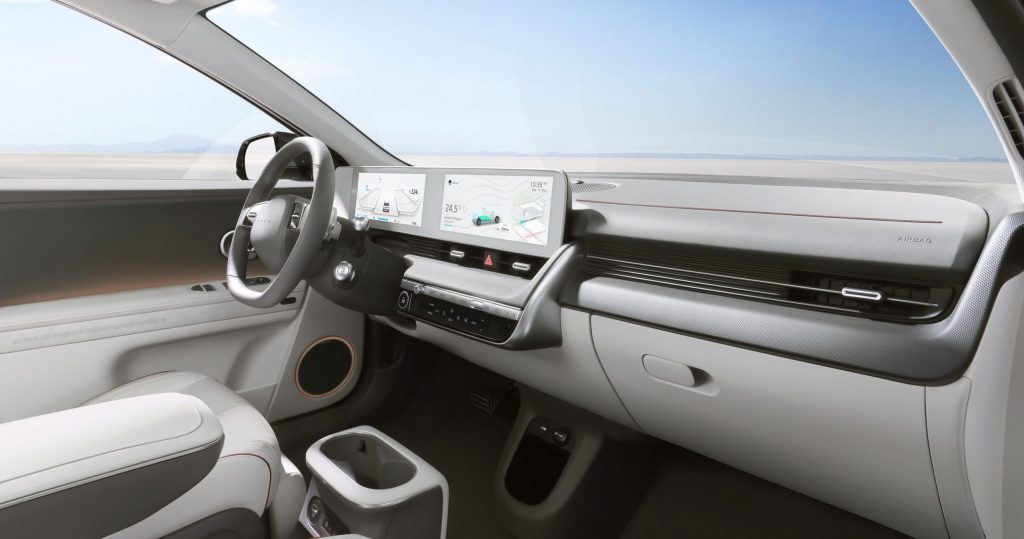
“When you try before you buy and you find it can work for you in your everyday life, you tend to now want to move toward potentially owning. We do expect that they’ll transition from try to buy,” he said.
Hyundai is launching its Ioniq subbrand with three vehicles: the Ioniq 5, Ioniq 6, and the Ioniq 7. The 5 is comparable to Hyundai’s Tuscon compact crossover, the 6 is comparable to the Sonata midsize sedan, and the 7 is comparable to the Palisade midsize crossover. This is but the first phase of its full-court EV press, too, as more electric cars are on the way. More importantly, the South Korean automaker is promising a number of impressive attributes for its Ioniq lineup, such as 300 miles of range for its base model, and in the case of the Ioniq 5, an 800-volt architecture.
This should give the Ioniq 5 an edge against its rivals such as the Ford Mustang Mach-E, Volkswagen ID.4, both of which are built with 400-volt systems. Hyundai estimates that with its 800-volt system, a five-minute charge at the fastest public chargers could provide 68 miles of range. An 18-minute charge could also fill the Ioniq 5’s battery from 10 to 80%, provided that ideal conditions are met.
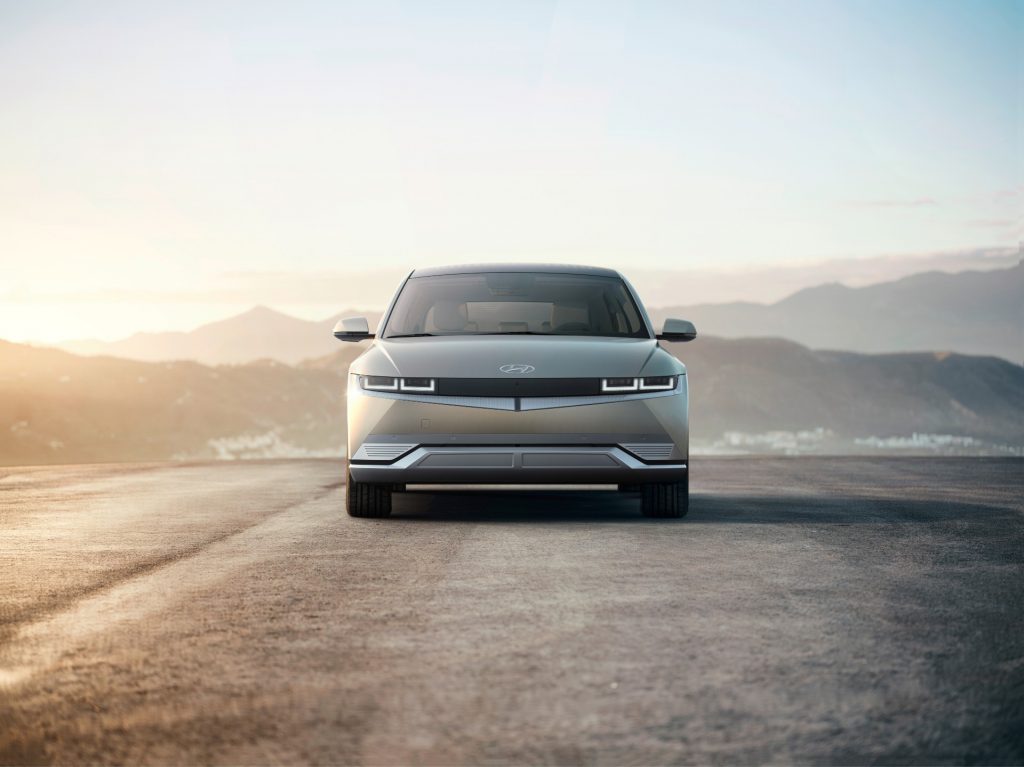
Ryan Miller, manager of electrified powertrain development at the Hyundai Kia America Technical Center, believes that this establishes the South Korean automaker as the leader in charging speed. Miller noted that rivals such as the Mach-E and the Model Y are nowhere close to the Ioniq 5’s charging speed, and that Hyundai will be the leader for some time. “If you look at the Mach-E or the Model Y, they’re not even close to our capability. We really will be the leader in the market for charging time,” he said.
Unfortunately for Miller, Tesla’s Supercharger V3 stations are already faster than Hyundai’s announced peak charging speed for the Ioniq 5. Under ideal conditions, V3 Superchargers could recover up to 75 miles of range in five minutes at charge rates of up to 1,000 miles per hour. Tesla was able to do this with a 400-volt architecture. With this in mind, one can only imagine what an 800-volt Tesla could do.

